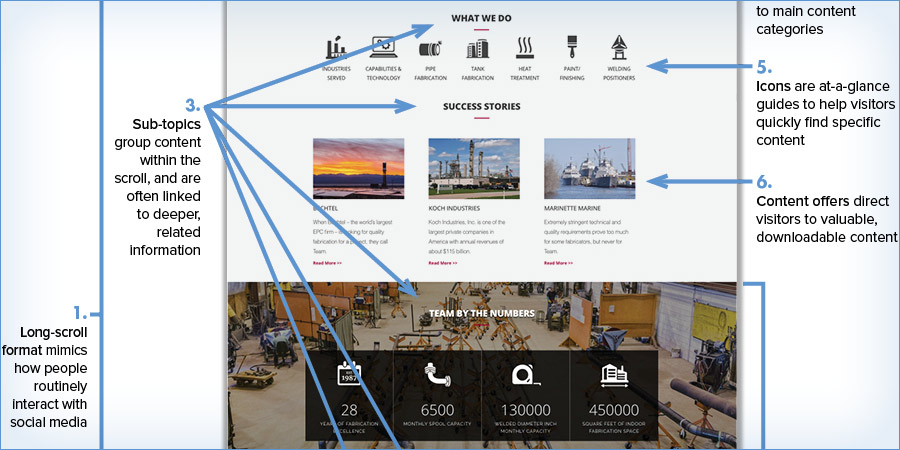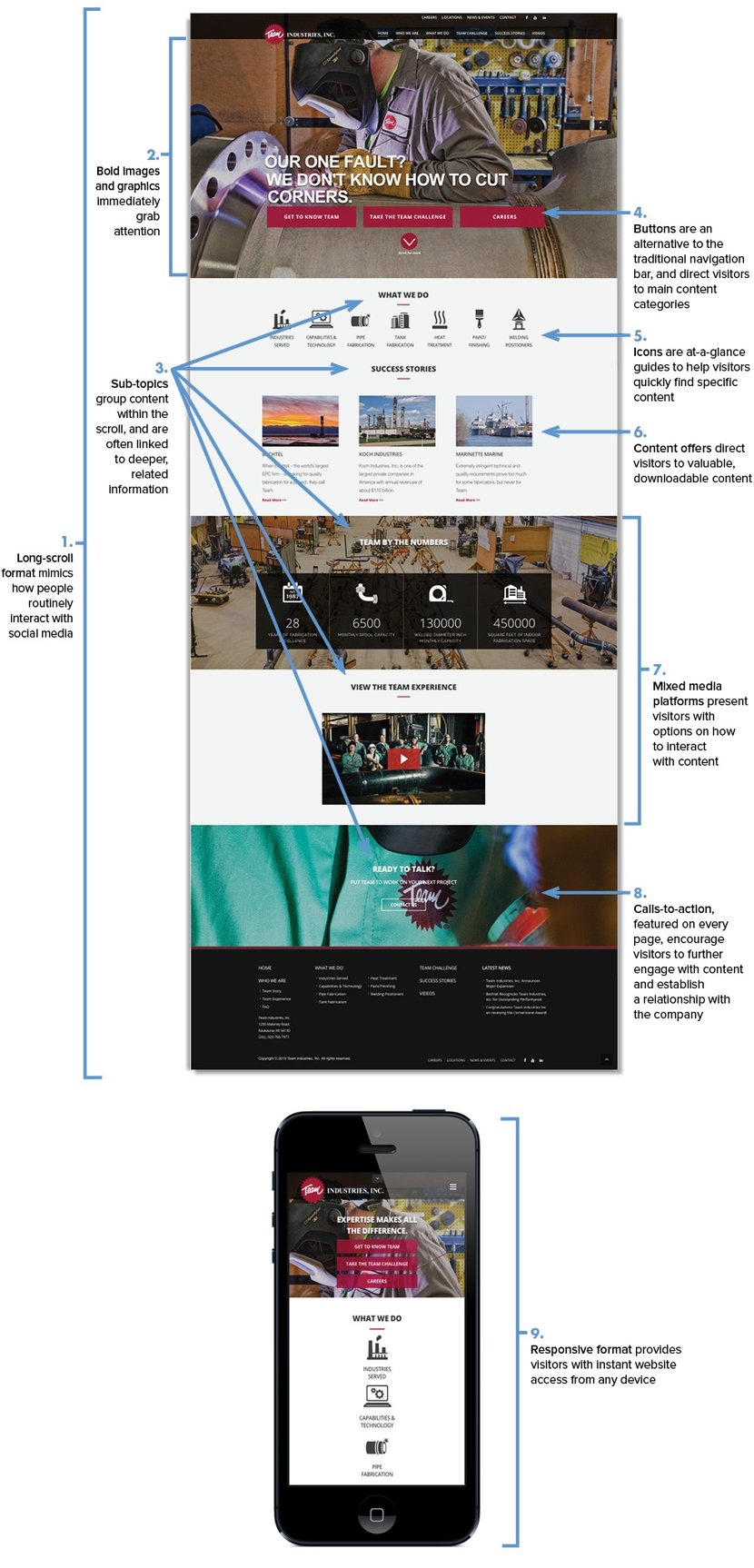


What does make a website "inbound-ready?"
Traditional websites are often defined by their limits:
Inbound websites defy limits. They are designed to engage users, share relevant content and generate leads—not merely chatter about the company.

Unlike their traditional counterparts, inbound websites are not static communication tools. They offer a full user experience in an online format that is both dynamic and familiar, and deliver content that is user-friendly and valuable. Creating—or re-creating—your website to align with the preferences and behaviors of today’s tech-savvy users is a value-add several times over. You can showcase your products and services in a way that makes sense to users while simultaneously respecting their time and meeting their expectations.
Additionally, you demonstrate that your company embraces progressive thinking that is, above all, focused on customer needs – a compelling message for potential clients that you can also leverage to your competitive advantage.
Above all, an inbound website is foundational to an overall, powerful inbound marketing strategy that, when implemented, is your true path to sustained growth. Find out more in our free guide below!
Topics: Inbound Marketing, Website Design
